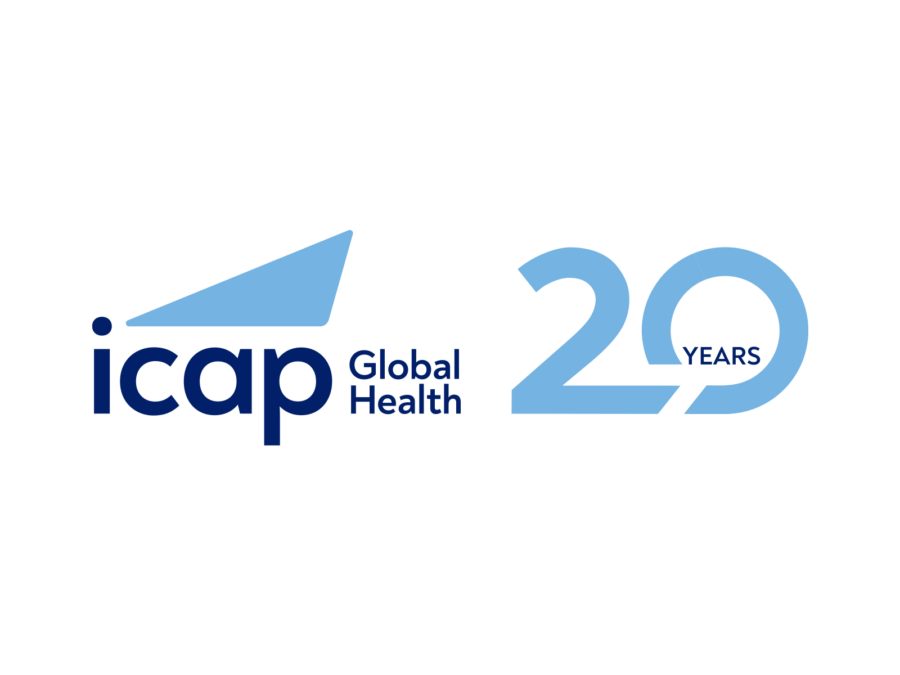CONTACT:
Hugh Siegel
ICAP at Columbia University
212-305-6533
hs3000@columbia.edu
David Haroz
PEPFAR
202-445-3269
WASHINGTON, D.C./NEW YORK, SEPTEMBER 19, 2017
Data released today from the U.S. President’s Emergency Plan for AIDS Relief (PEPFAR) show that the HIV epidemic is coming under control in Lesotho. These results add to prior PEPFAR-supported Population-based HIV Impact Assessments (PHIAs) announced in the last nine months for Malawi, Swaziland, Zambia, and Zimbabwe.
Together, these data demonstrate impressive progress toward controlling the HIV epidemics in the five countries. The latest data also indicate that the previously expanding epidemic in Uganda has now stabilized. None of these achievements would be possible without the political will and leadership to focus resources for maximum impact in each of these countries.
According to the new Lesotho PHIA results, HIV viral load suppression – a key marker of the body successfully controlling the virus – has reached over 67 percent among all HIV-positive adults ages 15-59. This finding suggests that Lesotho is on track to achieve epidemic control by 2020, through reaching the Joint United Nations Programme on HIV/AIDS (UNAIDS) 90-90-90 targets and expanding HIV prevention. Uganda’s epidemic has likely stabilized due to increases in coverage of voluntary medical male circumcision for HIV prevention and expansion of HIV treatment, including for HIV-positive pregnant women.
Building on this progress, U.S. Secretary of State Rex Tillerson today released the new PEPFAR Strategy for Accelerating HIV/AIDS Epidemic Control (2017-2020). The Strategy reaffirms the U.S. government’s leadership and commitment, through PEPFAR, to support HIV/AIDS efforts in more than 50 countries, ensuring access to services by all populations, including the most vulnerable and at-risk groups.
The Strategy outlines plans to accelerate implementation in a subset of 13 high-burden countries that have the potential to achieve epidemic control by 2020, working in collaboration with host governments, the Global Fund to Fight AIDS, Tuberculosis and Malaria, UNAIDS, and other partners. Through this international effort, we expect not only to control the epidemic, but also to reduce the future costs required to sustain the HIV/AIDS response.
“With five African countries approaching control of their HIV epidemics, we have the extraordinary opportunity to change the very course of the HIV pandemic over the next three years,” said Ambassador Deborah L. Birx, M.D., U.S. Global AIDS Coordinator and Special Representative for Global Health Diplomacy. “We are deeply grateful for Secretary Tillerson’s bold leadership and clear vision in launching this landmark Strategy. PEPFAR is poised to deliver on it, showing that what once seemed impossible is now possible.”
Data from these six countries were gathered through national surveys (PHIAs), which are funded by the U.S. government through PEPFAR, and conducted by the U.S. Centers for Disease Control and Prevention (CDC), ICAP at Columbia University’s Mailman School of Public Health, and local governmental and non-governmental partners. With PEPFARsupport, seven additional countries will complete PHIAs on a rolling basis through 2017-2019, providing an ability to chart and validate their respective progress toward reaching epidemic control by 2020.
“CDC is so pleased to contribute to the global HIV response, working with ministries of health and other partners on science-based solutions that are transforming some of the world’s most severe HIV epidemics,” said CDC Director Brenda Fitzgerald, M.D. “National surveys are critical to show the impact of efforts and to chart the path to fully achieve HIVepidemic control.”
While the PHIA results demonstrate tremendous progress, they also reveal key gaps in HIVprevention and treatment programming for younger men and women that require urgent attention and action. In all six surveys, young women and men under age 35 were less likely to know their HIV status, be on HIV treatment, or be virally suppressed than older adults. These gaps are all areas in which PEPFAR will continue to invest and innovate under its new strategy. In particular, PEPFAR will continue to advance efforts to reduce HIVincidence among adolescent girls and young women through the DREAMS Partnership and reach and link more young men to HIV services.
“The findings from the six countries provide a report card on the global and local efforts in confronting the HIV epidemics while at the same time help in shaping a blueprint for their future course as they continue their quest to stem this epidemic,” said Wafaa El-Sadr, M.D., M.P.H., M.P.A., global director of ICAP. “The gaps identified in reaching young women and men are relevant to many other countries around the world, and addressing them is critically important to achieving the ultimate goal of ending this epidemic.”
About the U.S. President’s Emergency Plan for AIDS Relief (PEPFAR)
PEPFAR is the U.S. government’s response to the global HIV/AIDS epidemic, which represents the largest commitment by any nation to address a single disease in history. Through the compassion and generosity of the American people, PEPFAR has saved and improved millions of lives, accelerating progress toward controlling and ultimately ending the AIDS epidemic as a public health threat. For more information, please visit www.pepfar.gov, and follow PEPFAR on Twitter, Facebook, and Instagram.
About the U.S. Centers for Disease Control and Prevention (CDC)
CDC works 24/7 saving lives and protecting people from health threats to have a more secure nation. HIV and tuberculosis (TB) are the world’s two most deadly infectious diseases, and CDC’s Division of Global HIV & TB works with partners to tackle these two epidemics and produce the greatest global health impact. More information can be found at www.CDC.gov/globalhivtb.
About ICAP at Columbia University
ICAP was founded in 2003 at Columbia University’s Mailman School of Public Health. A global leader in HIV, tuberculosis, other health threats, and health systems strengthening, ICAP provides technical assistance and implementation support to governments and non-governmental organizations. More than 2.2 million people have received HIV care through ICAP-supported programs, and over 1.3 million have received antiretroviral therapy through such support.







